Learn how to create magnolia flowers using the traditional Ronghua (silk velvet flower) crafting technique! In this step-by-step tutorial, we’ll guide you through preparing the velvet strips, brushbing, shaping, and assembling your very own vibrant magnolia flowers.
Step 1: Prepare the Petals and Leaf Silk Strips 00:00~02:39
The green and brow threads in the material pack are used for the leaves, while the remaining threads are for the petals.
Start by cutting the threads, grouping them into sets of five, and wrapping them around a black wooden stick to create the strips for the petals. There will be 23 sets of strips for the petals. The color gradient of the strips should be deep on the outside and lighter on the inside. The color should transition from dark purple to white. The width of the strips should be controlled to within 8 cm (measured with a ruler). The width of the green and brown leaf strips should be controlled to within 3.5 cm.

Step 2: Brushing the strips 02:40~03:52
Fix the strips to the stand with a mountain-shaped clamp. Use a brush to comb the threads, making sure to comb all the way down to the base before releasing the other hand. This will prevent the threads from tangling. Just make the silk strips smooth and fluffy.

Step 3: Twist the Copper Wire 03:53~08:58
Before twisting the copper wire, make sure the threads are tightened and the width of the strip is even. If the strip is loose, you can push the frame backward. Once the strip is properly adjusted, fold the copper wire in half and straighten it. Twist the two copper wires tightly together for about 2-3 cm. Use the copper wire to clamp the threads, then twist the other end of the two copper wires together. Hold the edges of the copper wire with both hands and twist them in opposite directions. The copper wire should hold the edge of the strip tightly. The spacing between the copper wires for the petal strips should be around 1.8 cm, while for the green leaves, it should be between 0.7-0.8 cm, and for the brown leaves, it should be within 2 cm.
(Throughout this process, ensure that the strip and copper wire are straight. While binding the copper wire, be careful with the width of the strip to avoid it becoming narrower.)

Step 4: Roll the Strips 08:59~15:04
Remove the strips from the clamp. When cutting the strips, use scissors to cut right in the center of the two copper wires. Use tweezers to align the edges of the cut strips neatly. After adjusting, gently twist the copper wire and tighten it on the rolling board. Be cautious about the direction of the copper wire—don’t twist it in the wrong direction, or the threads will come apart. You only need three brown strips; the remaining strips can be kept for other flower projects. The green strips need to be folded in half, with both ends aligned. Twist the two copper wires tightly together. The purple strips should have their ends slightly tapered, fold them, and twist the copper wire at the base. Use tweezers to pinch the point where the pink and white sections meet and tighten the copper wire inward.
(When rolling the strips, ensure the copper wire is placed in the center of the thread. If the copper wire is not centered, the fuzz on the strip will be uneven.)

Step 5: Make the Petals and Leaves 15:05~26:12
Heat the clamp and use it to flatten the strip. Pour a little flower shaping liquid (hairspray can also be used). Let the liquid fully soak the strip, then use tweezers to remove any excess moisture. Pinch the deepest part of the strip with tweezers to create an inward curve. At the transition point between pink and white, turn the strip outward, then push the edge inward using tweezers. For the flower bud petals, simply pinch the strip with tweezers to form an inward curve. Once the petals are done, insert them into a piece of sponge to hold their shape while drying.Apply the shaping liquid to the leaves, remove any excess with tweezers, and shape the leaves to create curves. For green leaves, press them with a round stick to form the curve. If you don't have a round stick, you can use another round object as a substitute. Once the petals are dry, trim any uneven edges to match the petal shape. The magnolia bud petals are smaller, about two-thirds the size of regular petals, so these need to be trimmed more carefully. You will need 5-6 small petals. The leaves should be wider in the middle and narrower at both ends. The leaf size should not exceed the size of the petals.


Step 6: Leaf and flower assembly 26:12~end
As shown in the below section of the tutorial video, use copper wire to thread the beads.
Use the remaining brown thread for assembly. Attach three petals per layer, for a total of three layers (9 petals). While assembling, adjust the position of the petals. The second layer of petals should fit into the gaps of the first layer. After assembling the flower shape, move on to attach the two brown leaves. Prepare two iron wires, each around 7 cm long. Attach the wires to the bottom of the flower to extend the flower stem. Wrap the wires for about 4-5 cm, then tie a knot to secure them.
Next, assemble the flower bud. The flower bud doesn't need a flower center; just gather all the petals together. Cut the copper wire at an angle to create a smooth transition from thick to thin. Add an iron wire, which doesn't need to be too long. Combine the green small petals and flower bud together. You’ll need two iron wires for this: one on each side of the flower stem, with one petal on each side. Join the two flowers together, and use pliers to adjust the shape of the stem. The wire should be tightly wound with no gaps. Cut off the excess wire and use pliers to bend the stem, creating curves and angles. If you’re worried the wire might slip, you can apply a little white glue along the wire. The hairpin is soft, so you can shape it however you like. Secure the flower and leaves together with wire at the junction. Attach a leaf at the connection point between the flower and leaves. Once you’ve wrapped the wire, tie a knot and cut off any extra thread, and your hairpin is ready!



If you finished your DIY product, welcome to show your awesome work to us and get coupons for the rest of our DIY kits!
INS@lanseichina
Pinterest@lanseichina


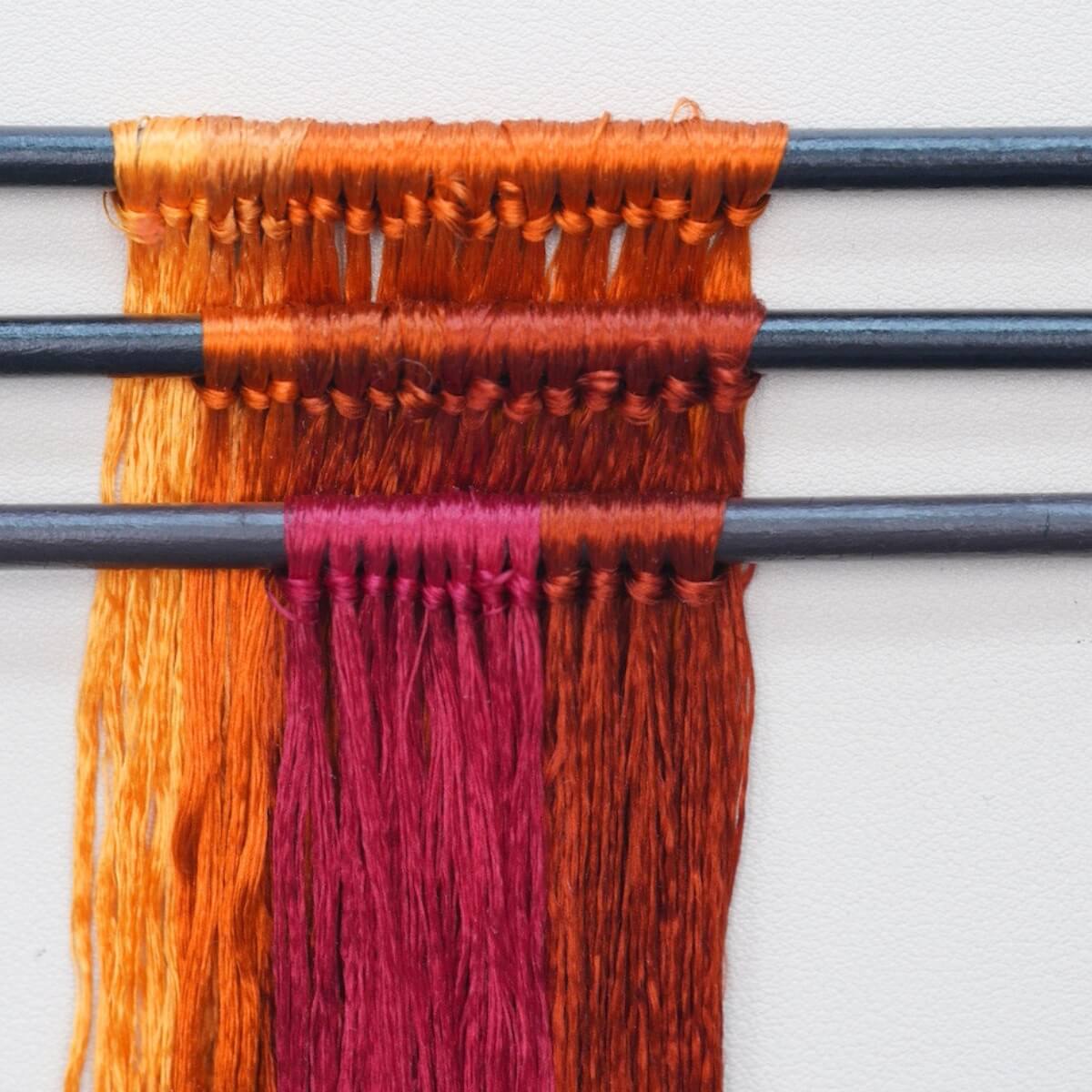
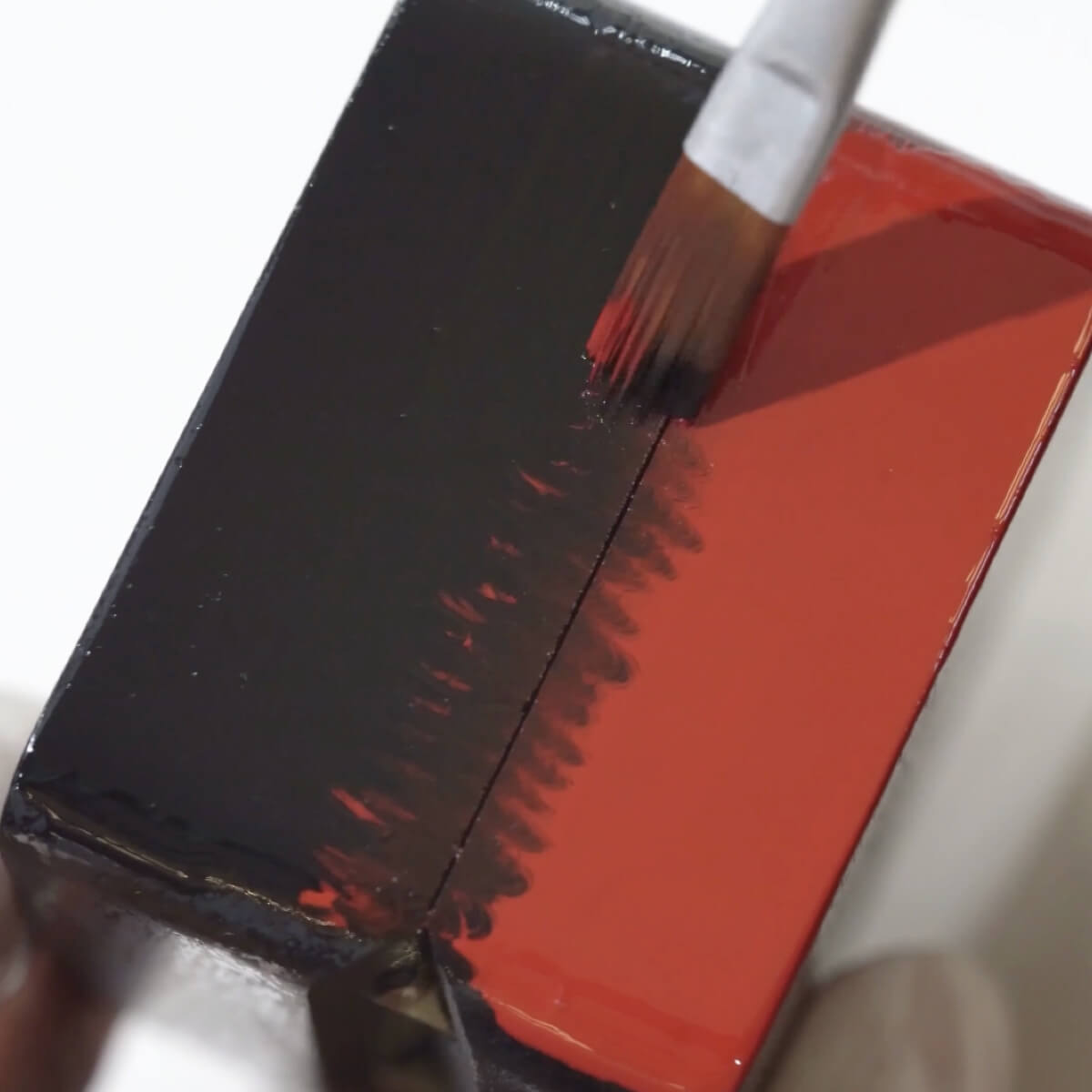
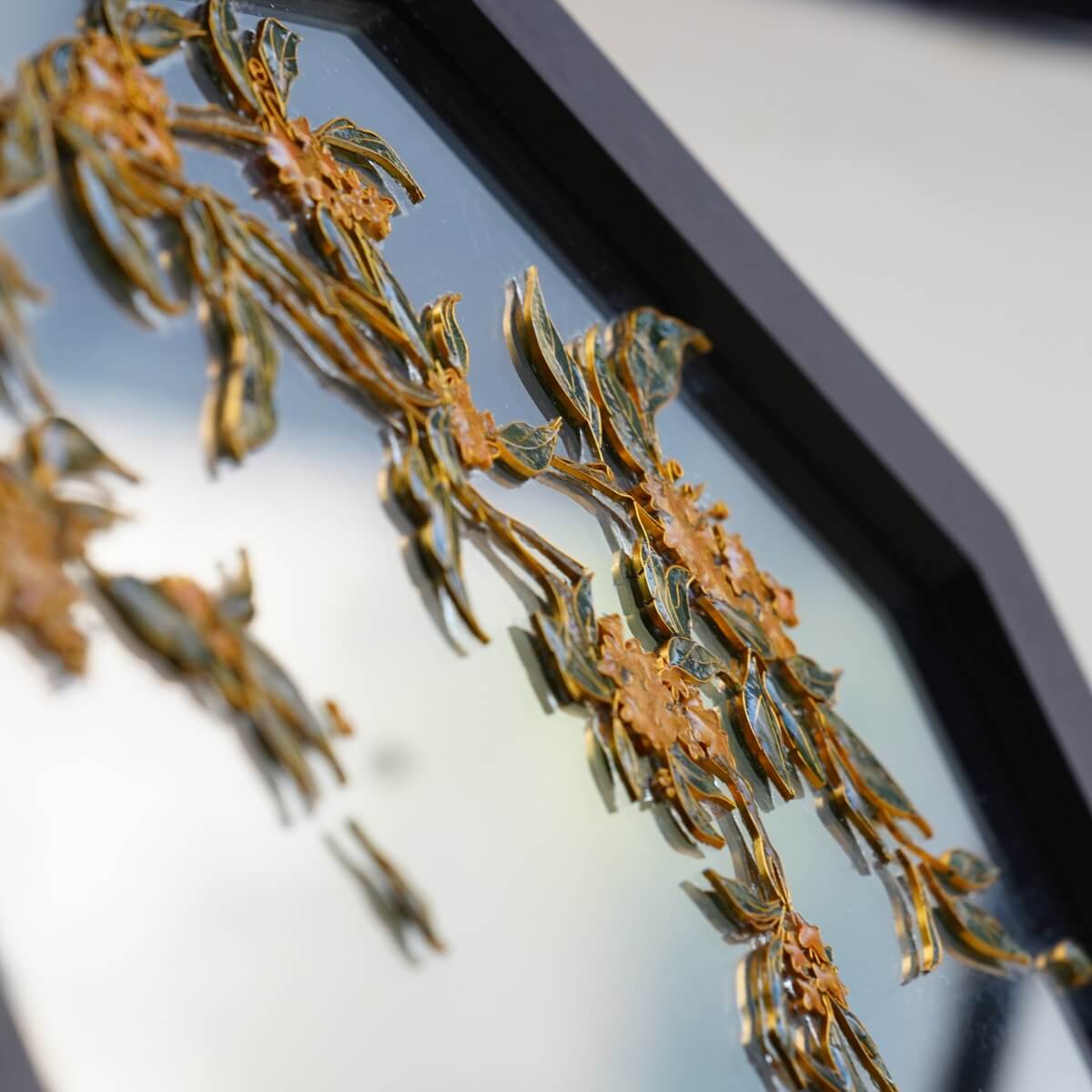
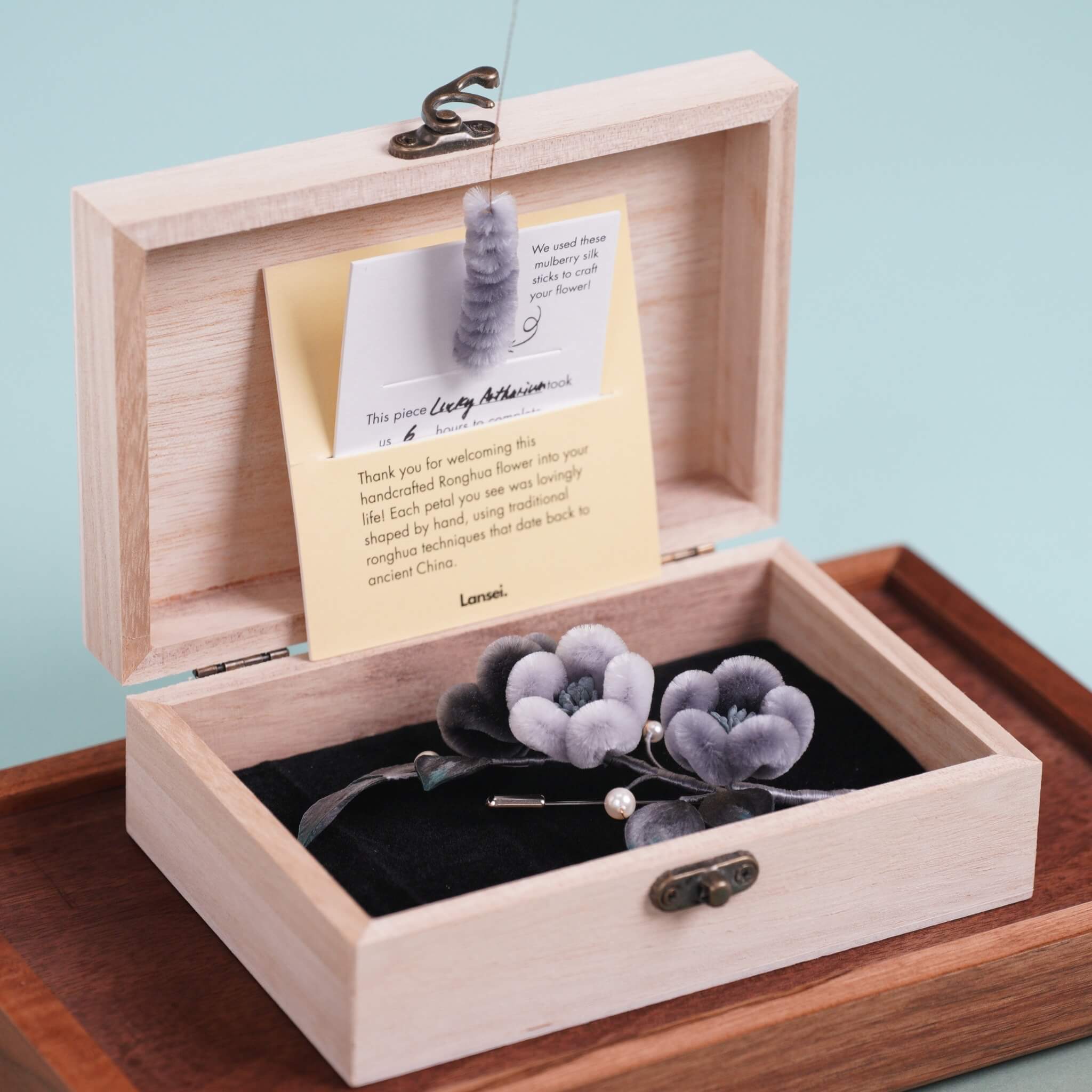
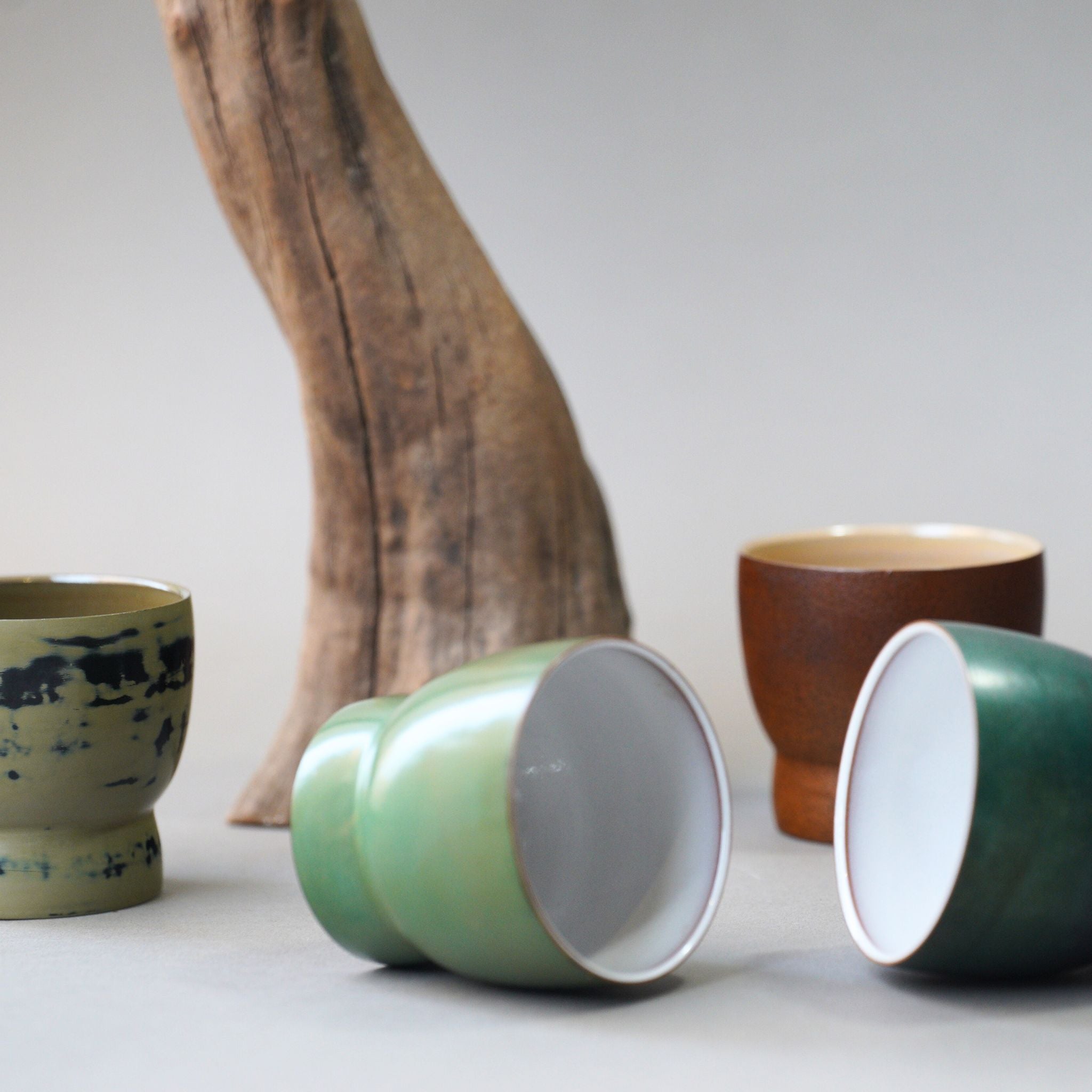
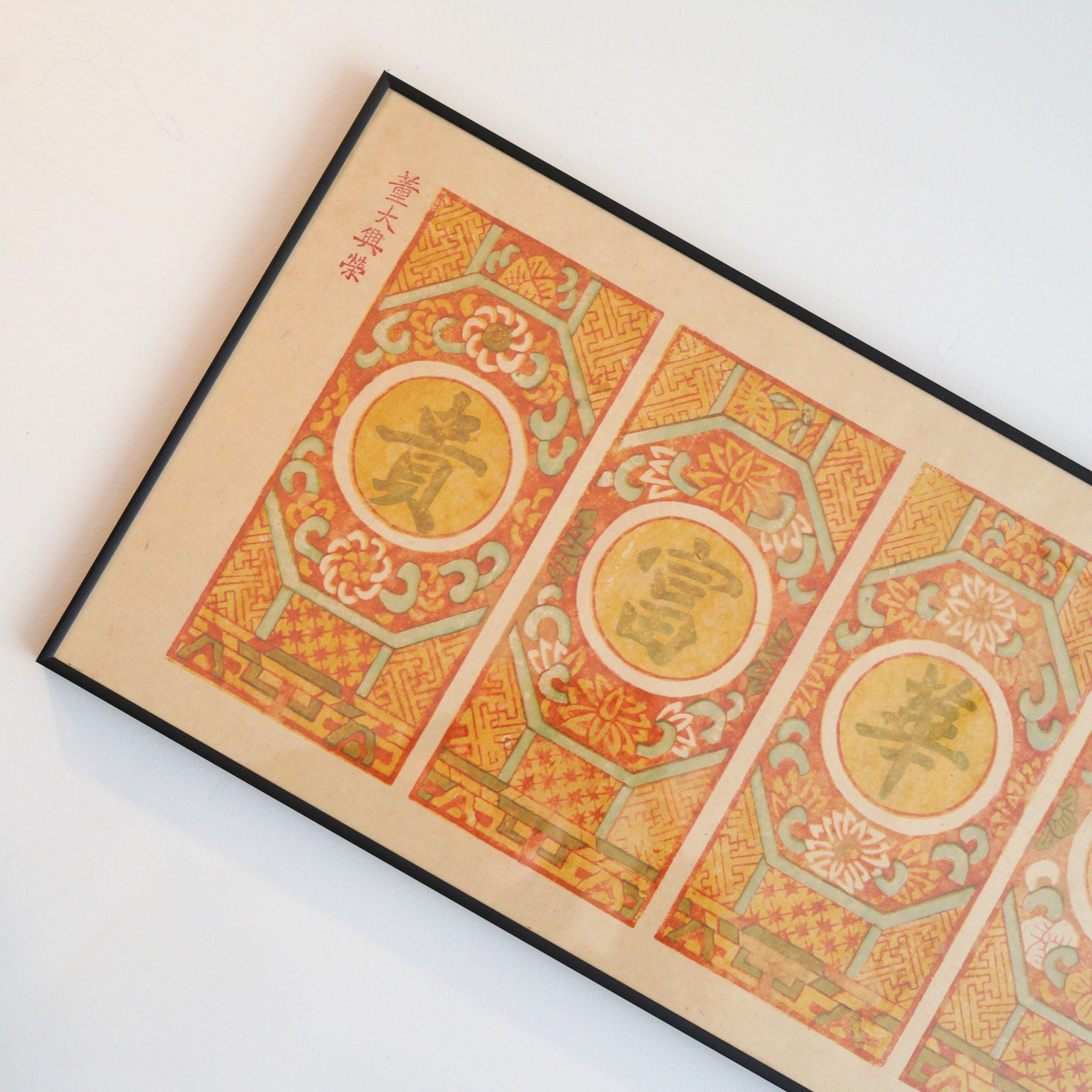
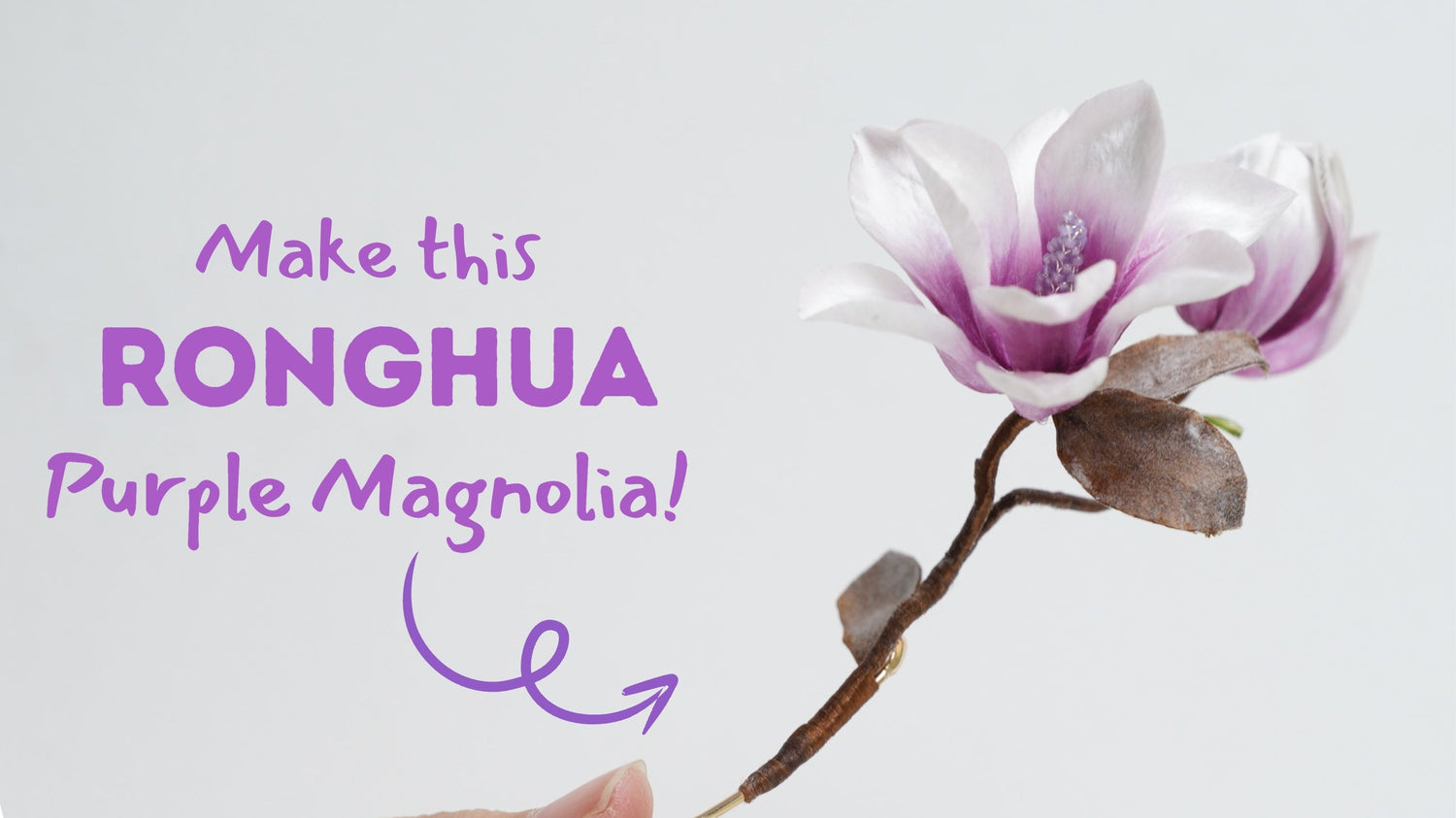

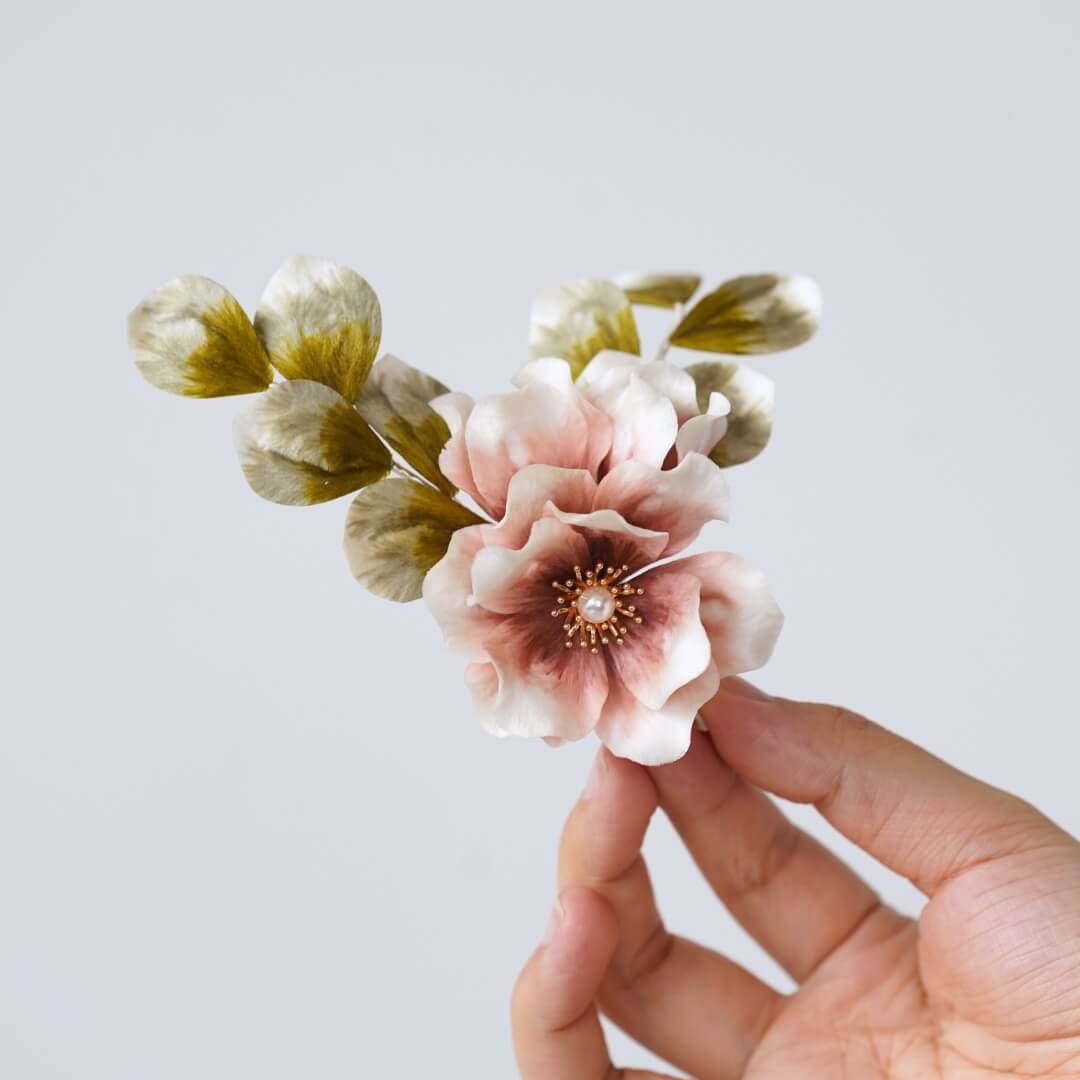
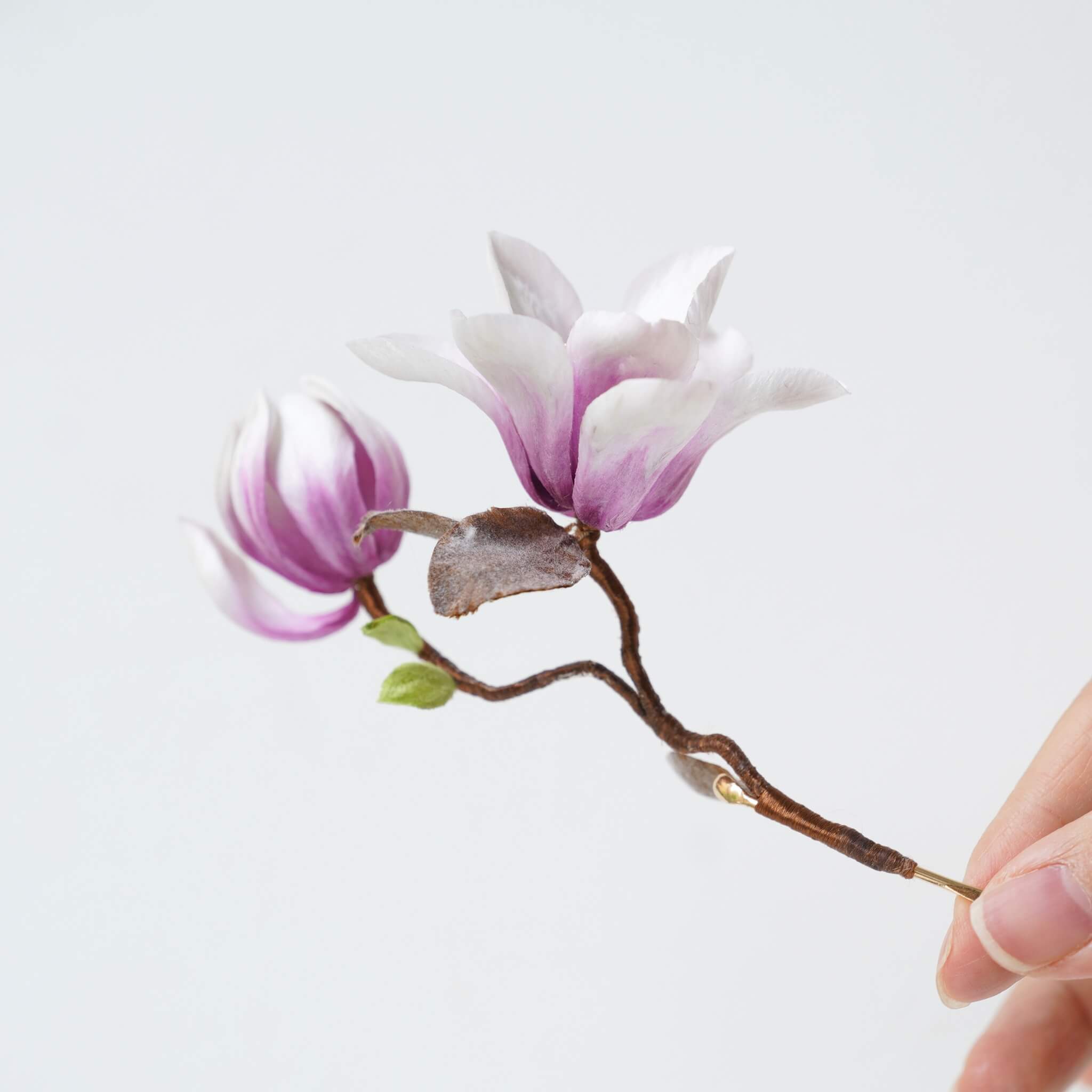
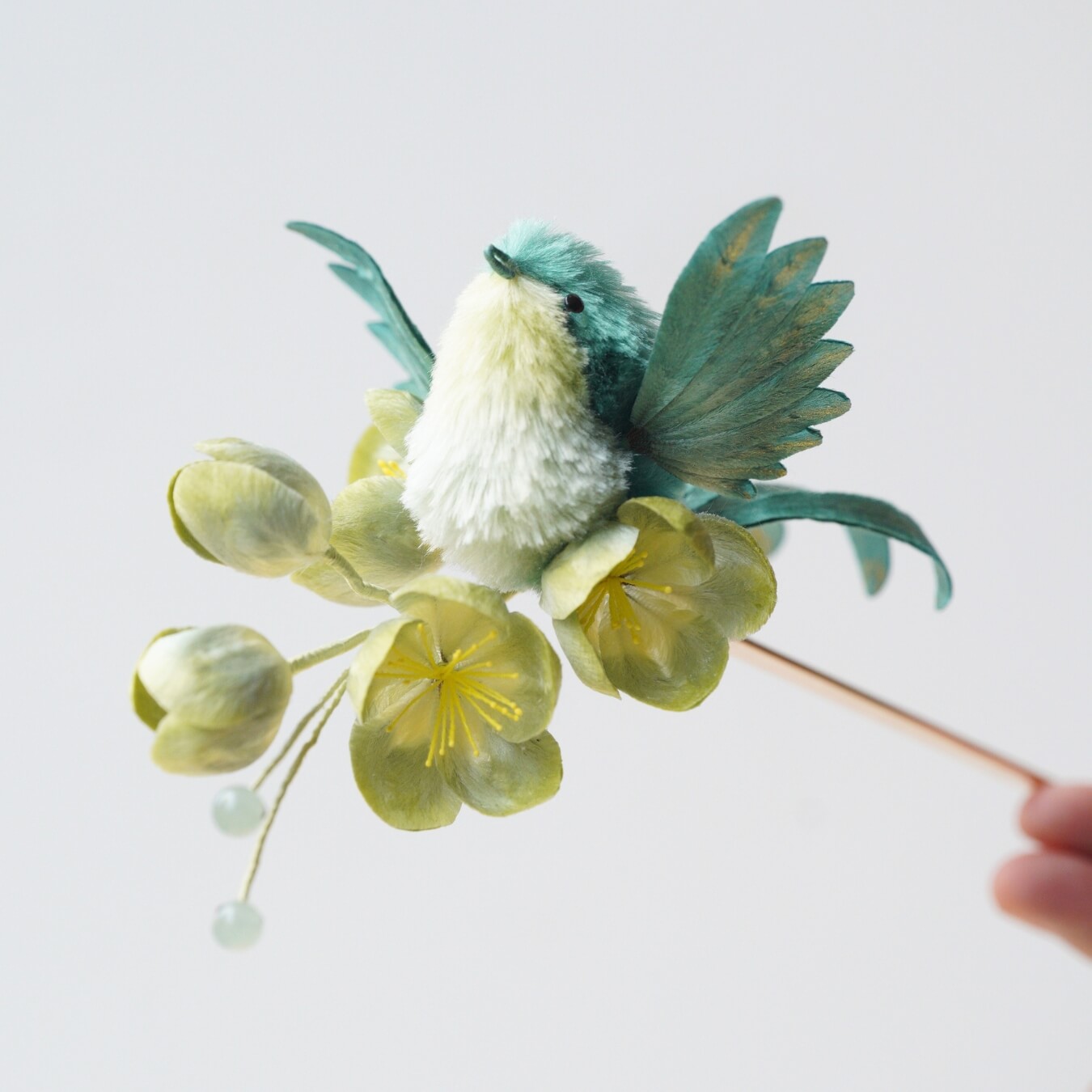
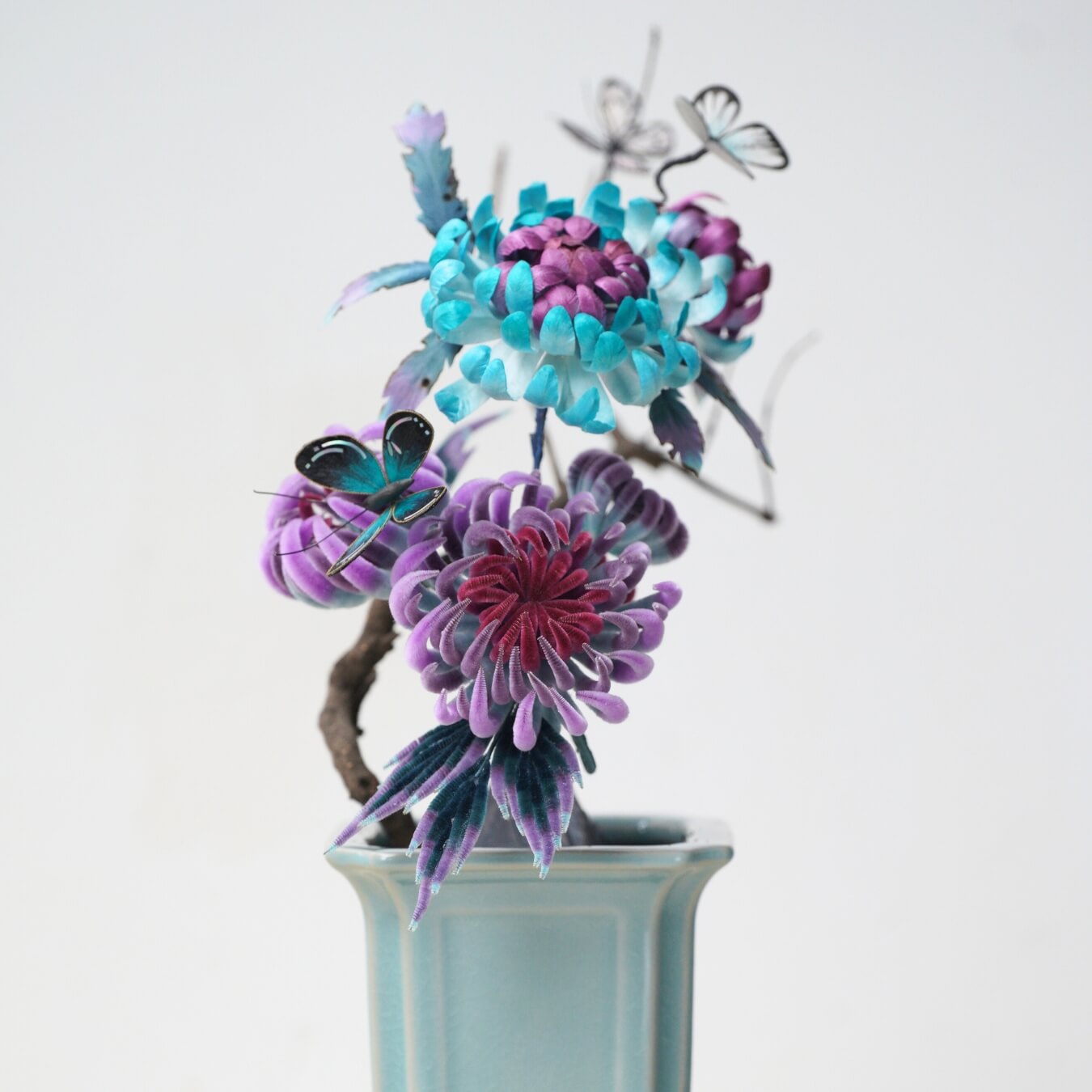
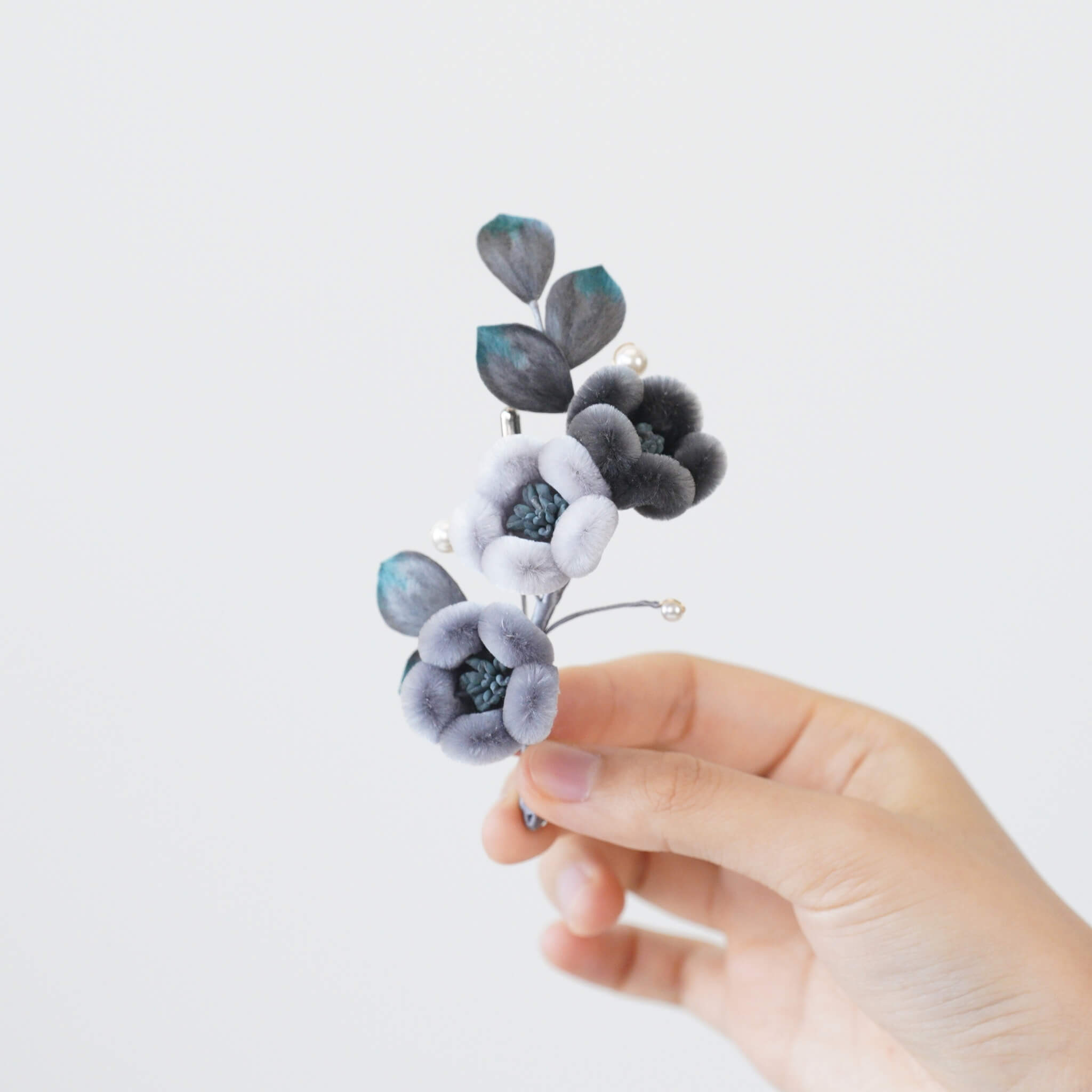
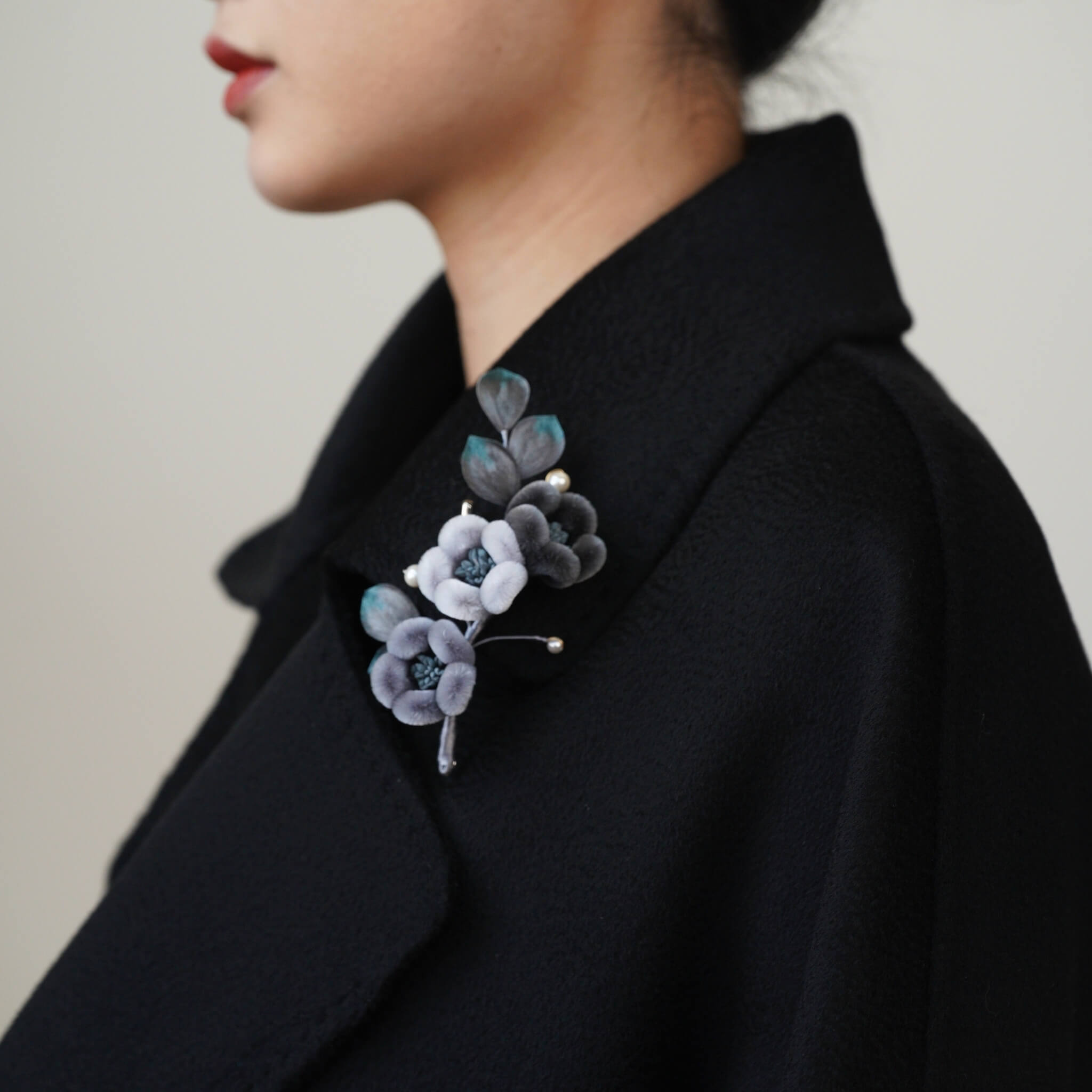
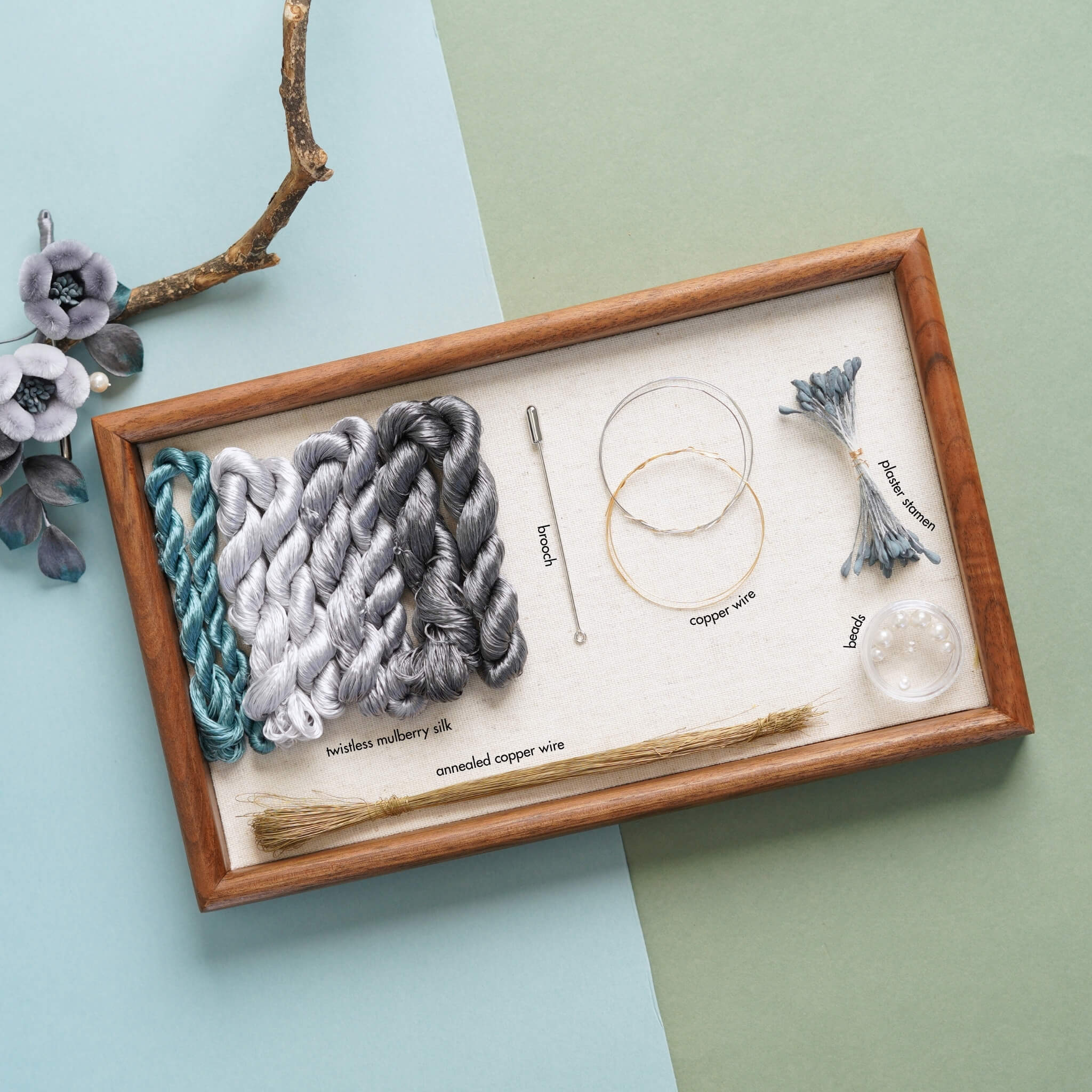
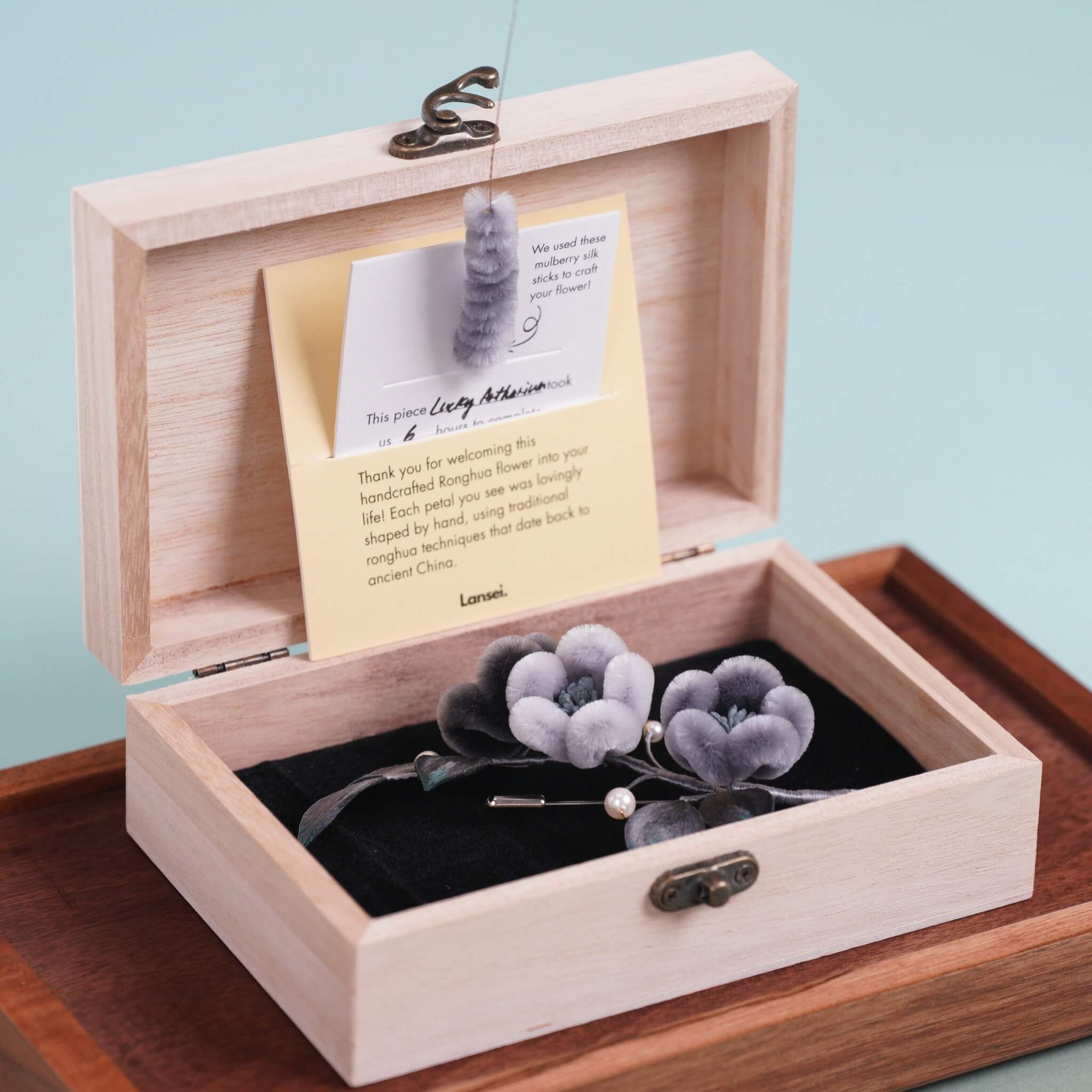
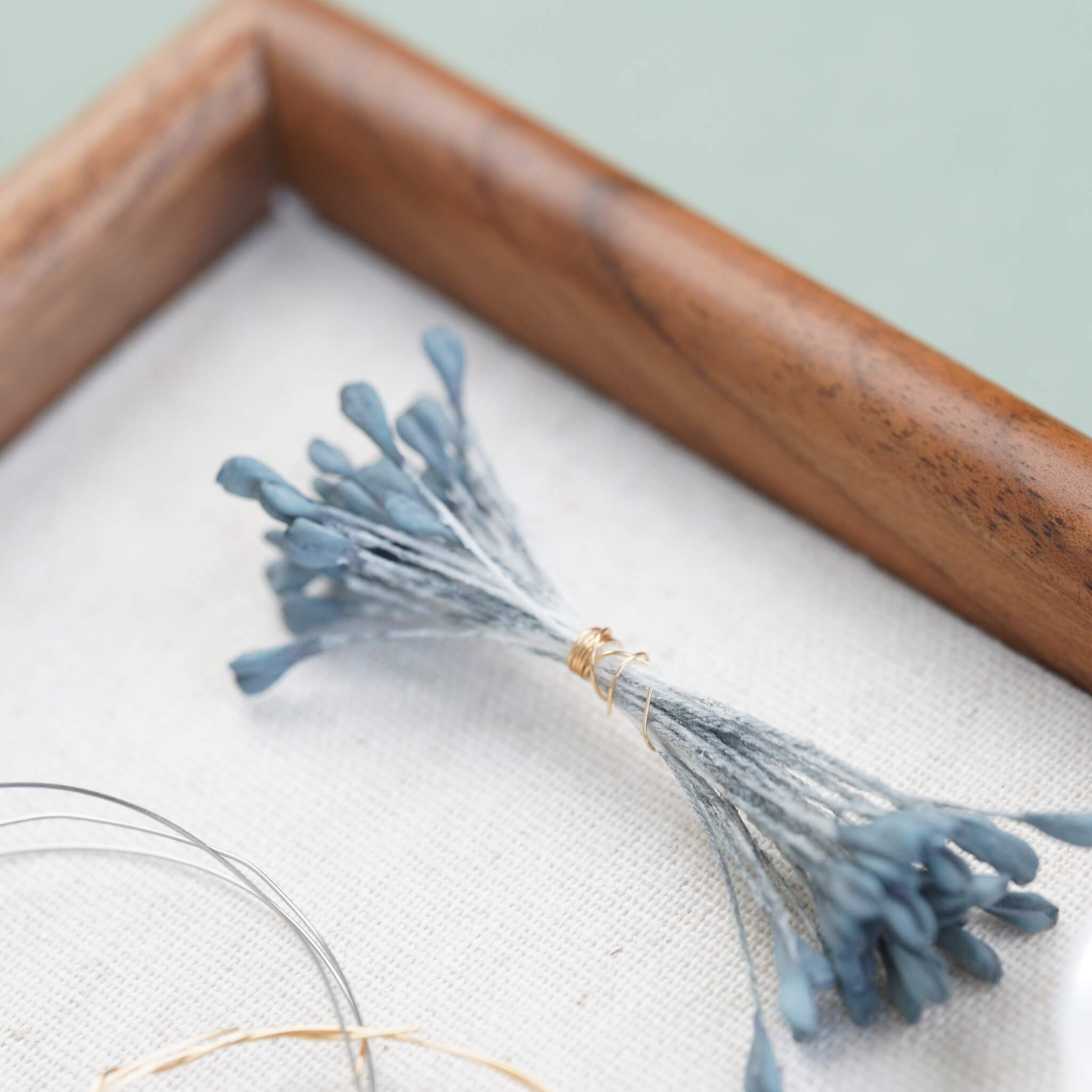
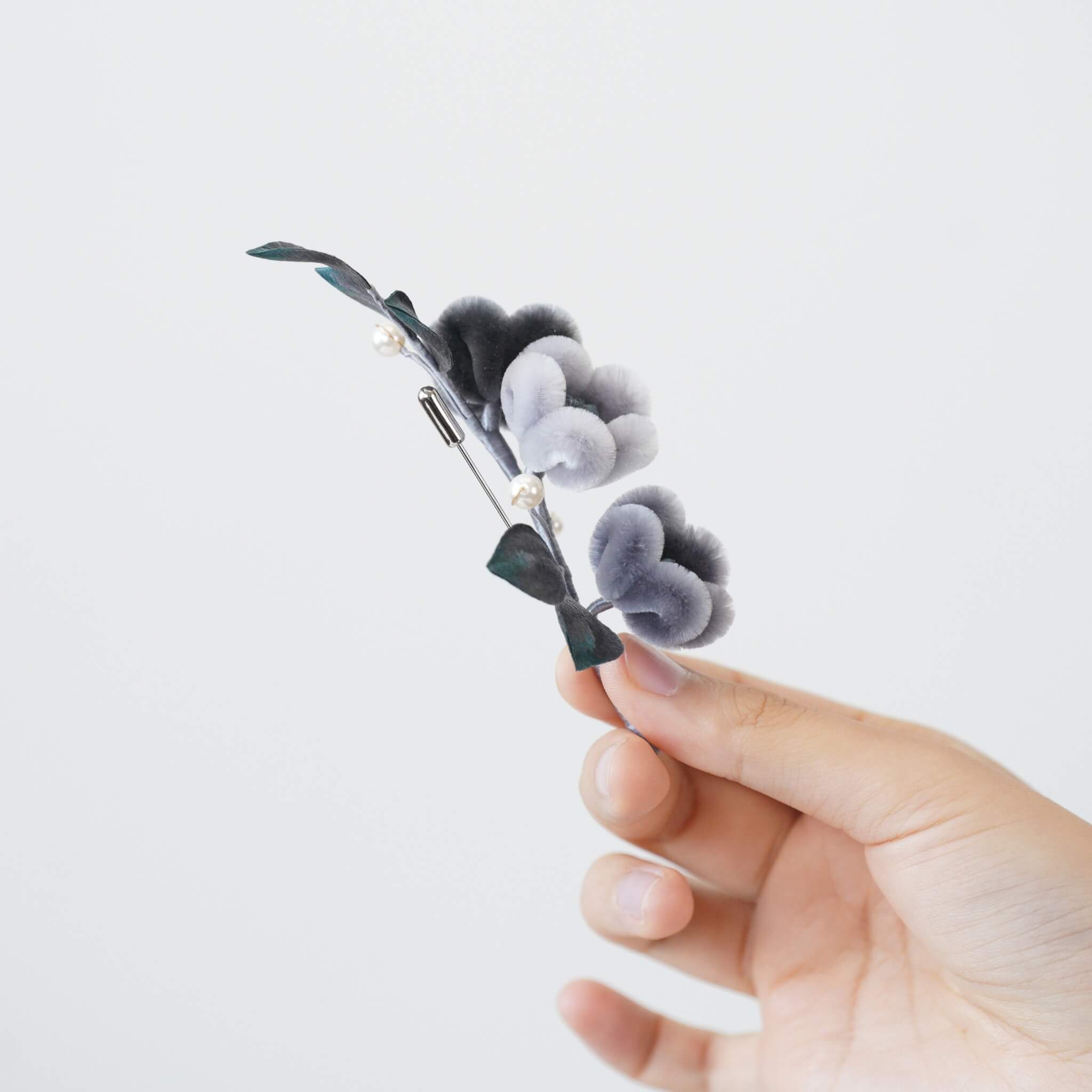
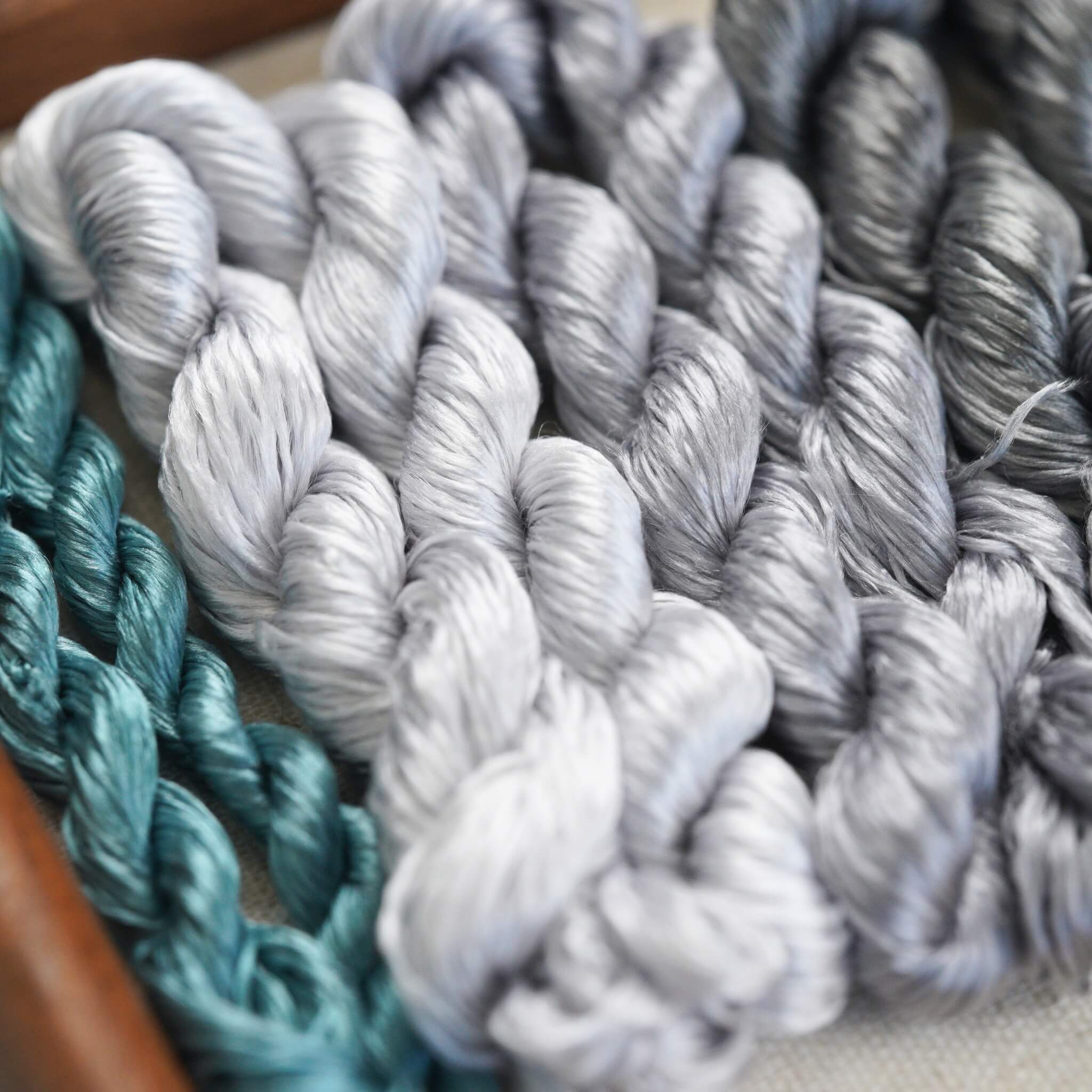
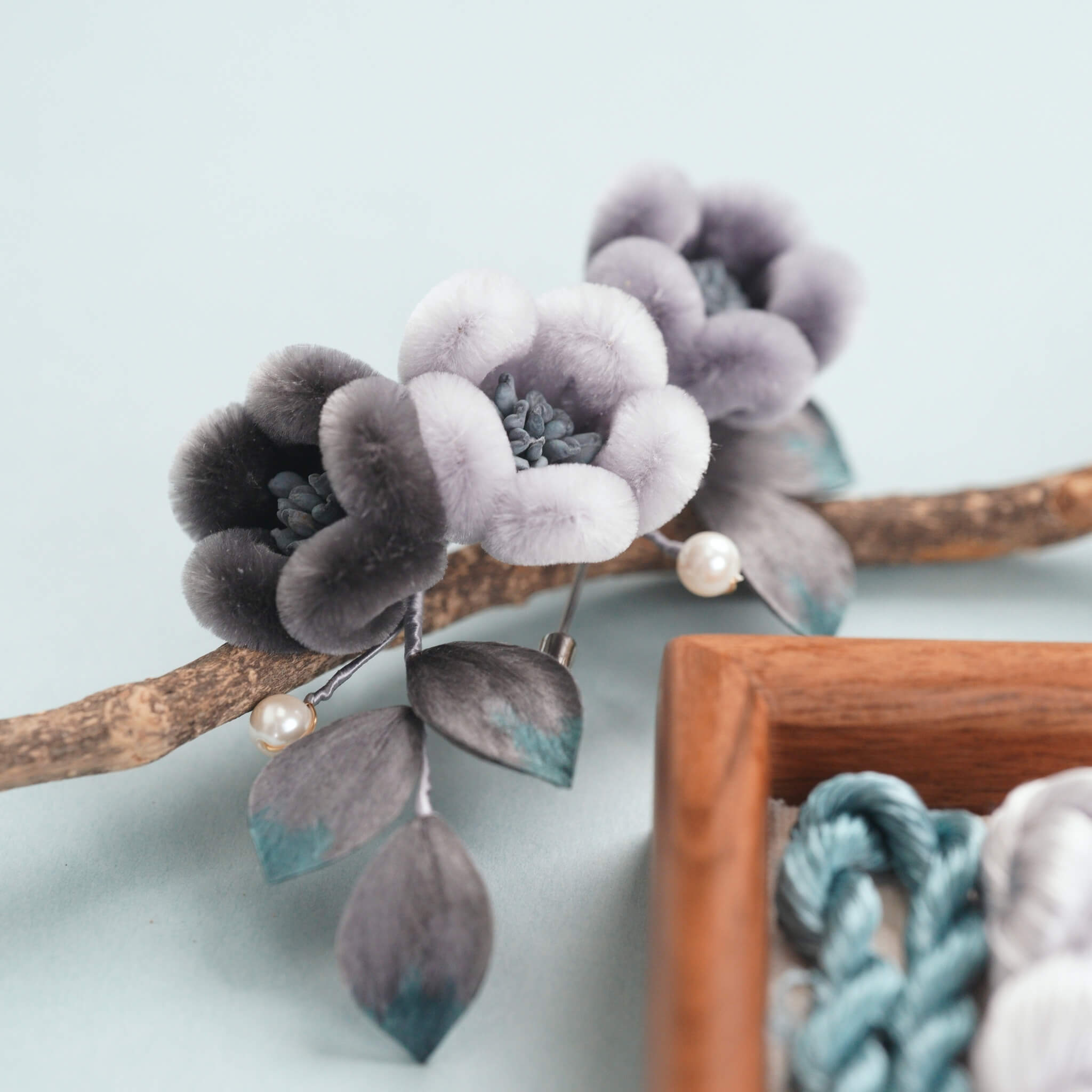
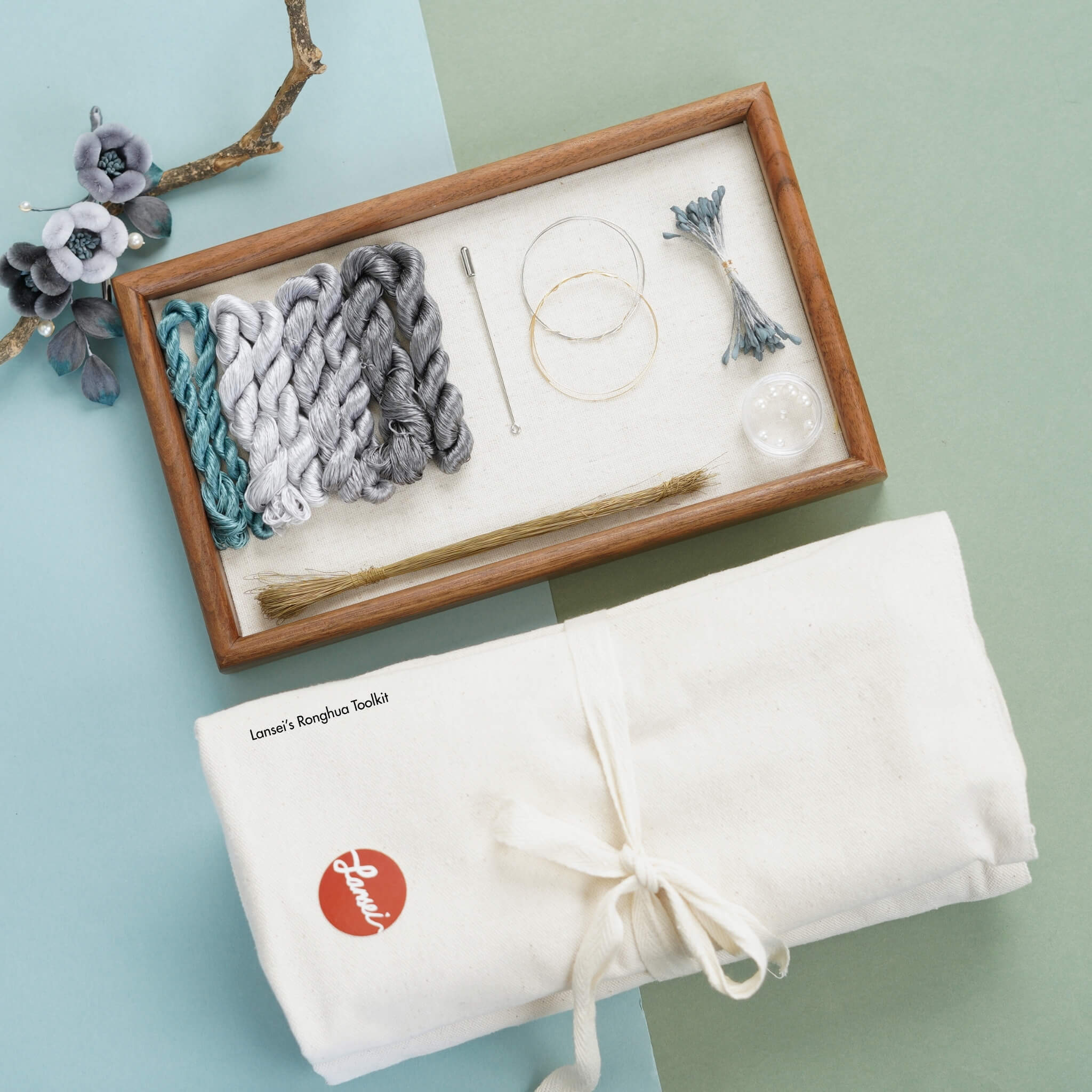
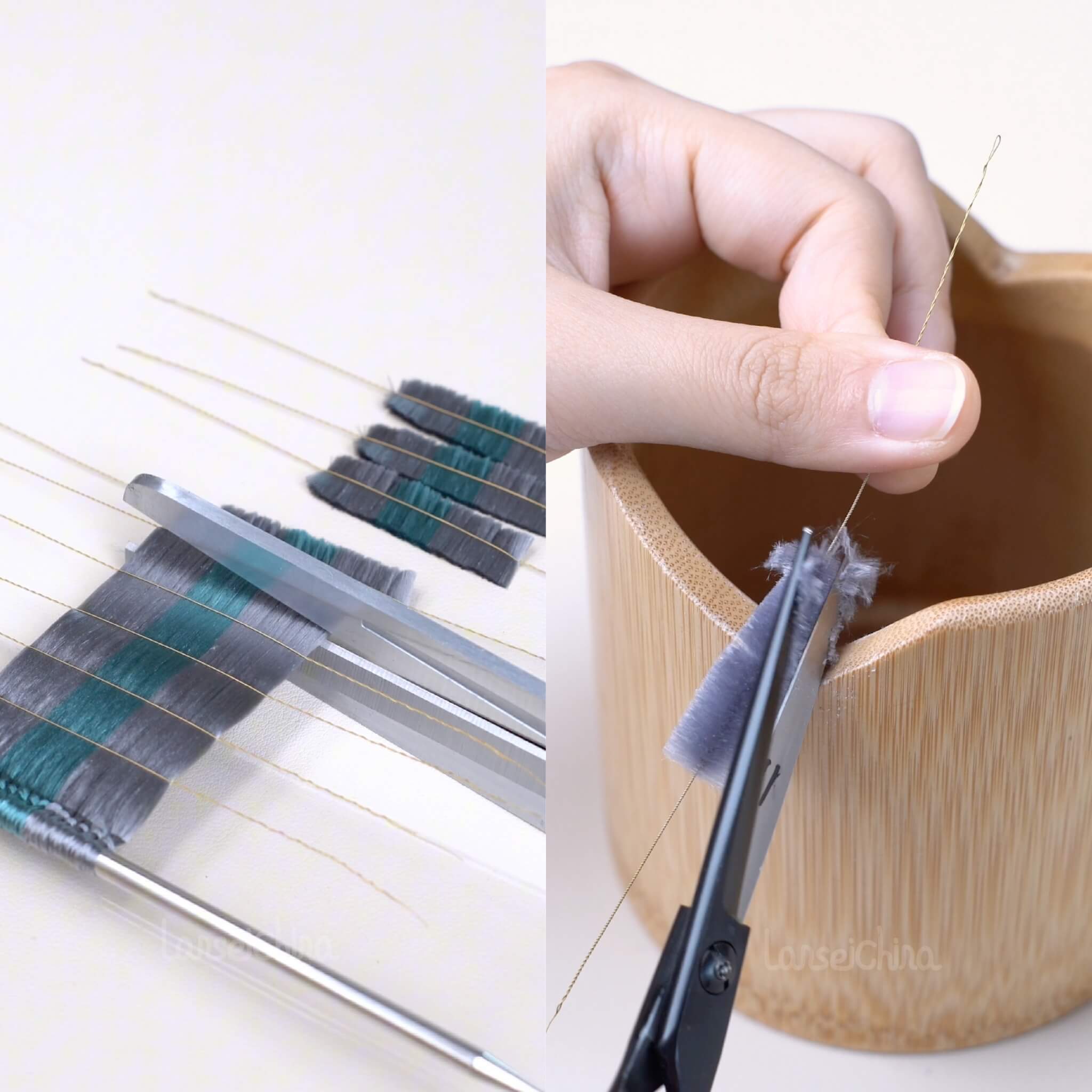
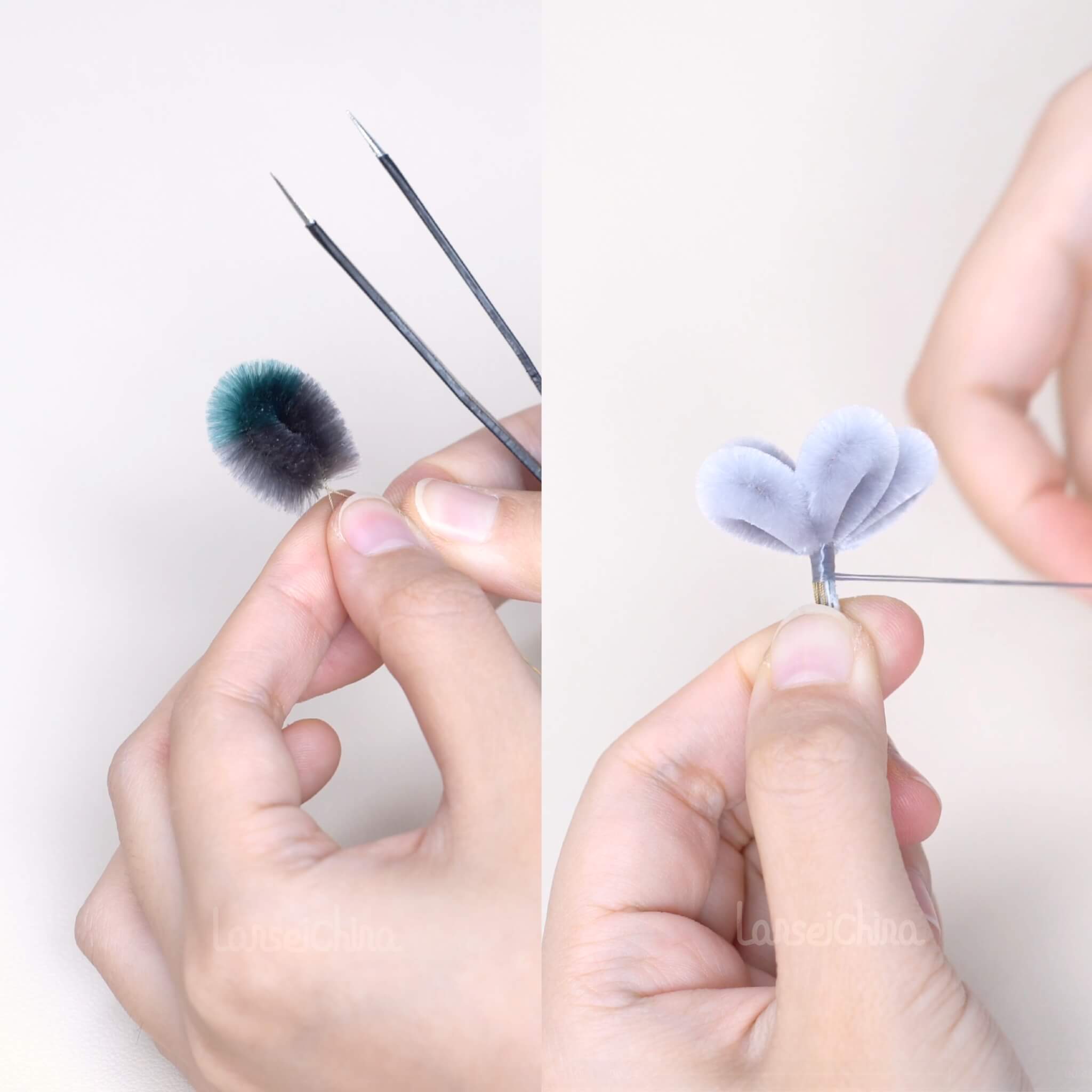
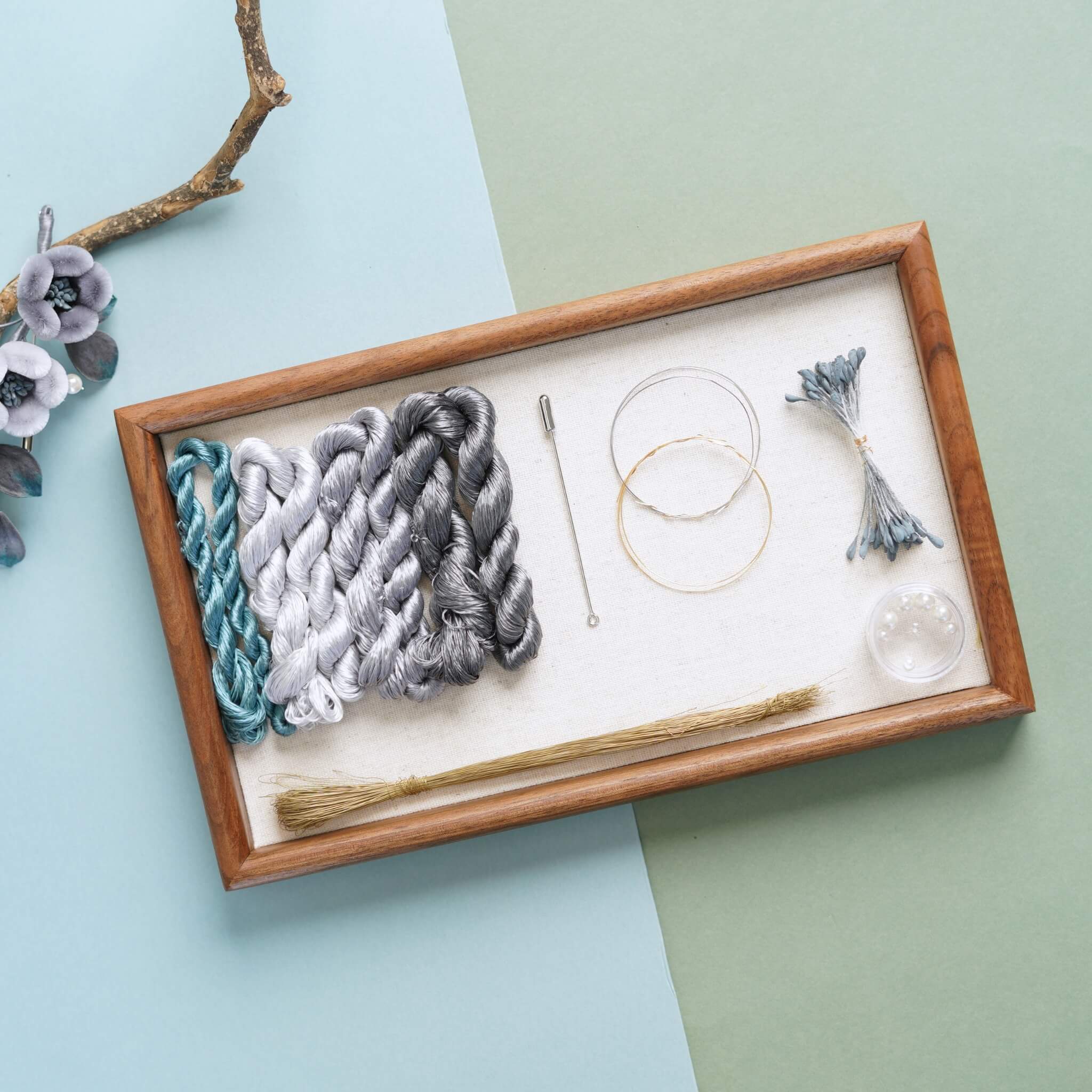
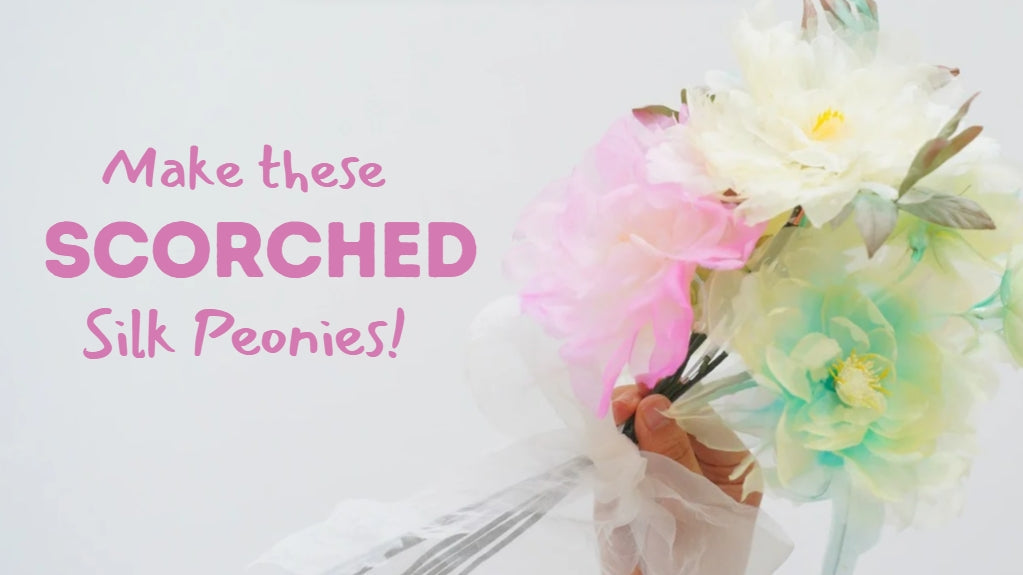
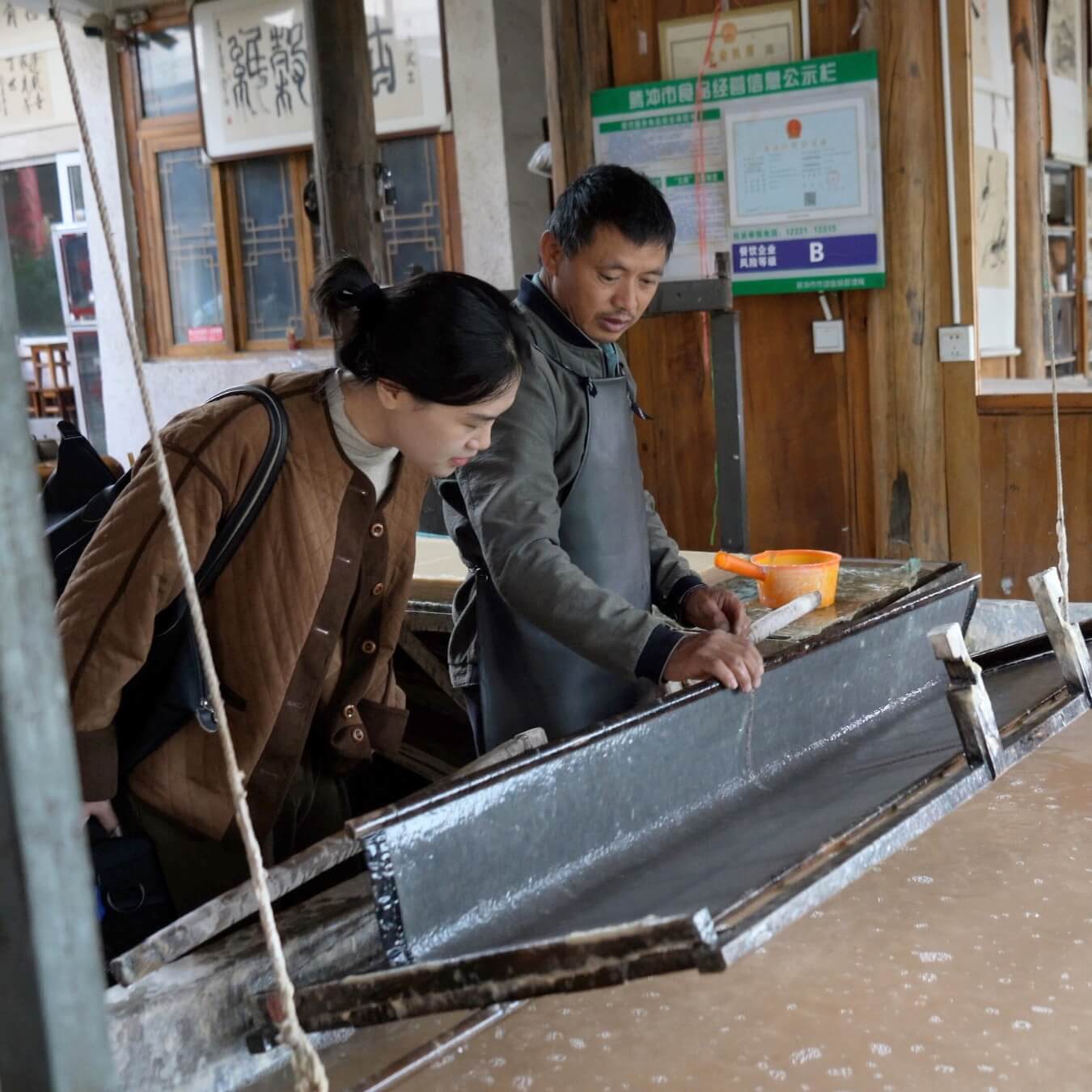
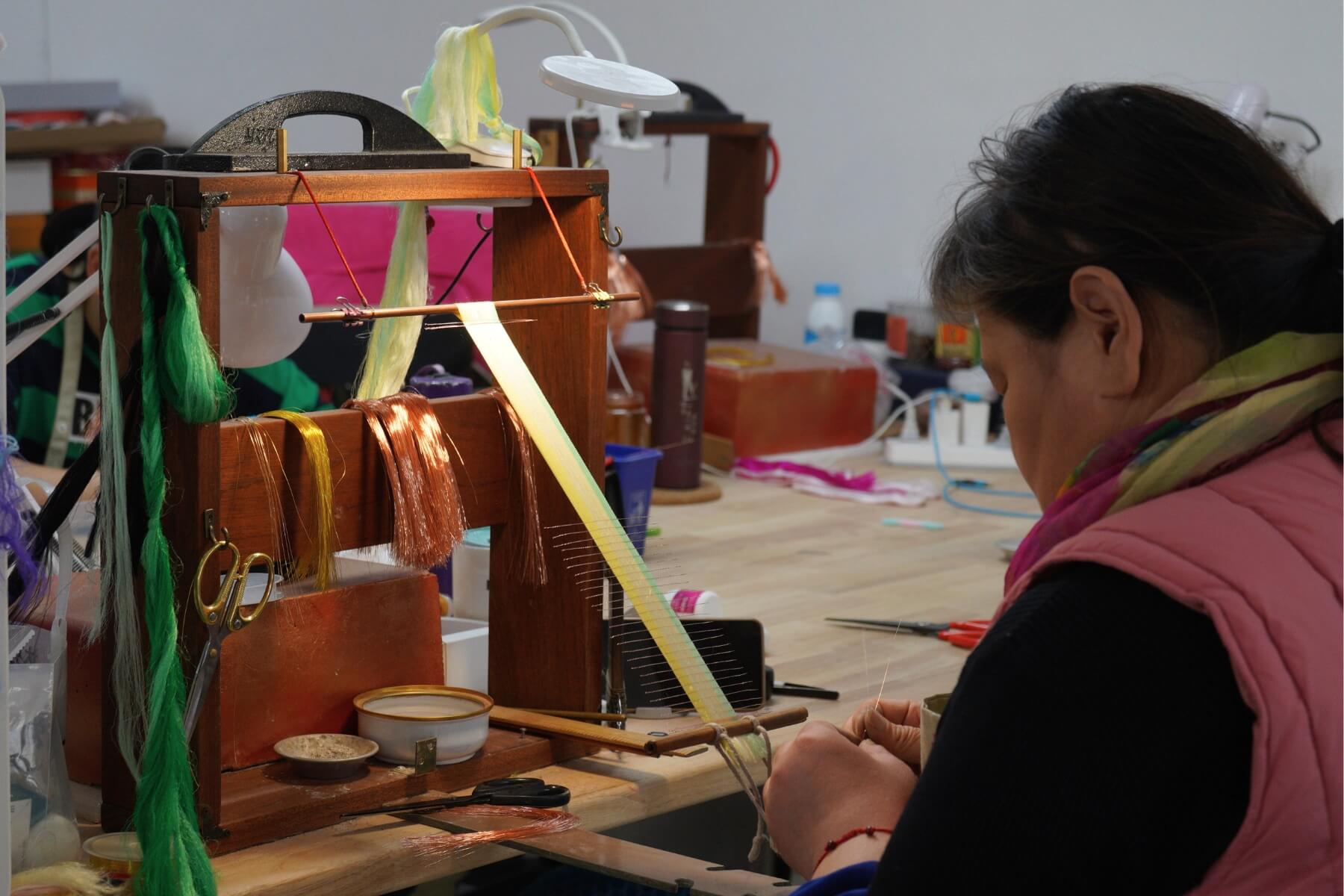
Laisser un commentaire
Tous les commentaires sont modérés avant d'être publiés.
Ce site est protégé par hCaptcha, et la Politique de confidentialité et les Conditions de service de hCaptcha s’appliquent.